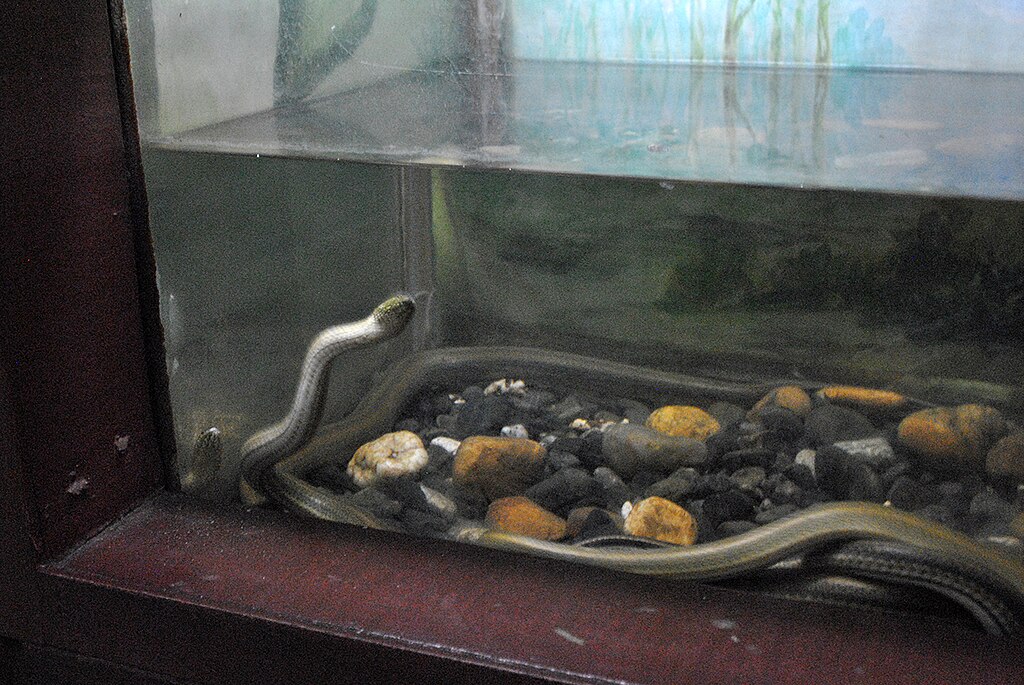Snakes, often misunderstood as emotionless creatures, actually possess more cognitive abilities than many people realize. While they don’t form emotional bonds like mammals, pet snakes can indeed recognize and respond to routines established by their owners. Understanding these subtle behavioral cues can enhance your relationship with your serpentine companion and improve your caregiving. This article explores the fascinating ways snakes demonstrate recognition of routines, what this means for their well-being, and how you can better interpret your pet snake’s behavior patterns.
The Science Behind Snake Memory and Recognition
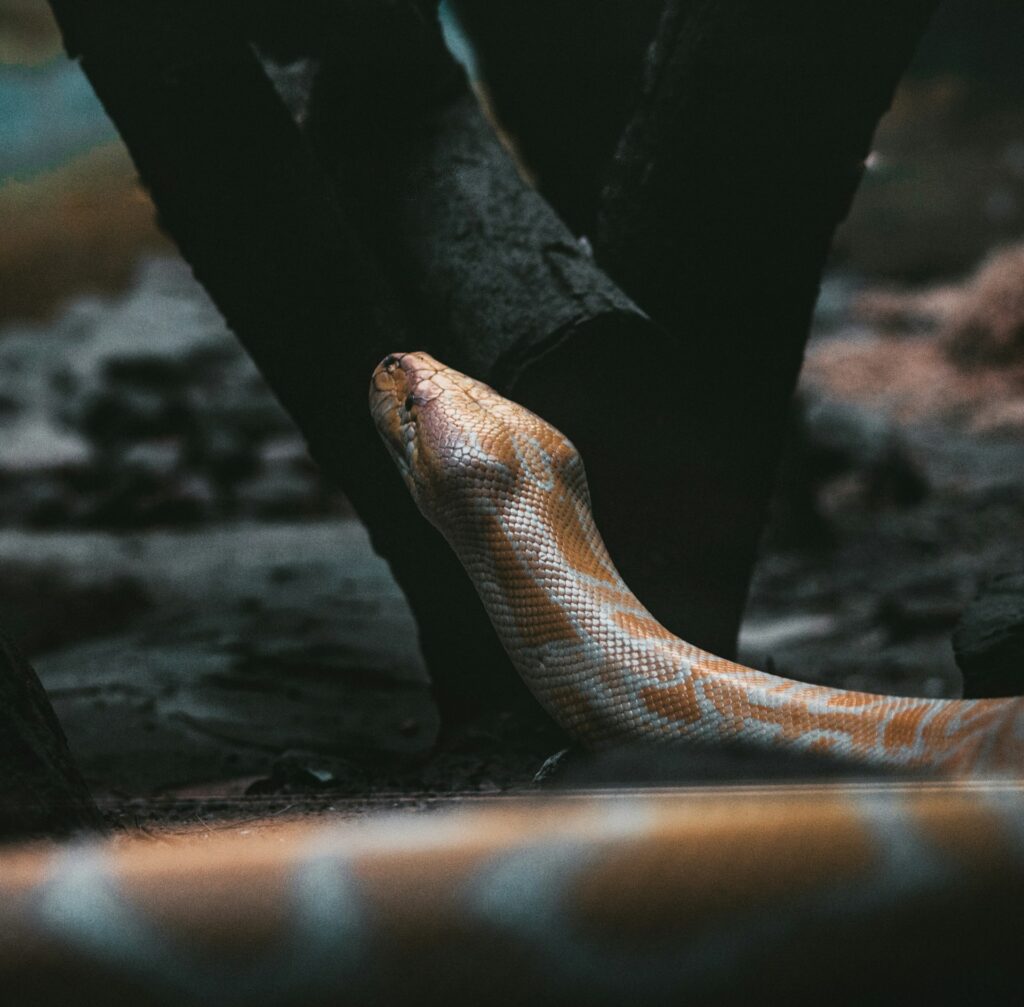
Snake cognition works differently from mammals, but that doesn’t mean these reptiles lack memory capabilities. Research has shown that snakes possess both procedural memory (remembering how to do things) and declarative memory (remembering facts and events). Their limbic system, though less developed than mammals’, still allows them to form associations between stimuli and outcomes. Snakes can learn to recognize consistent patterns in their environment, including feeding schedules, handling routines, and environmental changes. This memory capability helps them adapt to captivity and recognize recurring elements in their care routine, allowing them to anticipate certain events based on associated cues.
Anticipatory Behavior Before Feeding Time
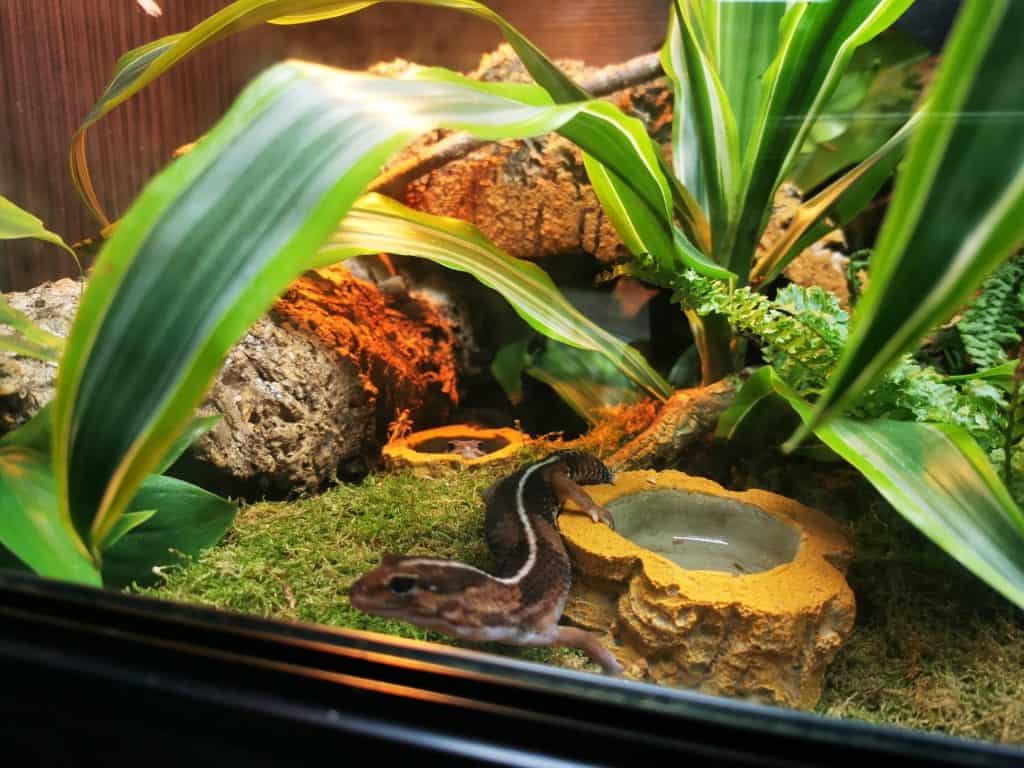
One of the clearest signs that your snake recognizes routine is anticipatory behavior before feeding. If your snake becomes more active and alert or starts ” periscoping ” (raising the front portion of its body to look around) around the same time you typically feed it, this strongly suggests routine recognition. Some snake owners report their pets moving to the front of their enclosure when they hear the freezer door open or see feeding tongs appear. This behavior indicates that your snake has formed an association between certain actions or times and the arrival of food. Consistency in feeding schedules reinforces this pattern recognition, with some snakes becoming visibly excited at their regular feeding times even if no obvious cues are present.
Changes in Tongue Flicking Frequency
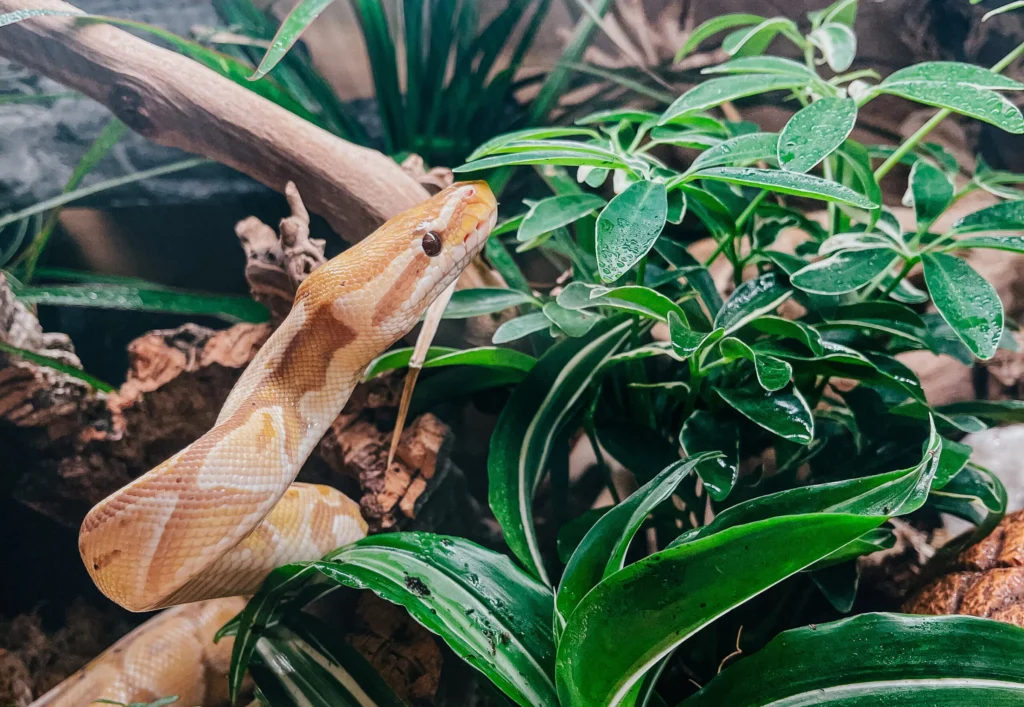
A snake’s primary tool for gathering information about its environment is its tongue, which collects scent particles and transfers them to the Jacobson’s organ in the roof of the mouth. When a snake recognizes that a routine event is about to occur, you may notice an increase in tongue flicking frequency. This behavior indicates heightened interest and information gathering as the snake attempts to confirm its expectations about what’s coming next. For example, many snake owners observe more rapid tongue flicking when they approach the enclosure at regular handling times or before cage maintenance. This increased sensory investigation demonstrates that the snake is actively processing and responding to patterns it has learned to recognize over time.
Body Posture and Positioning Changes
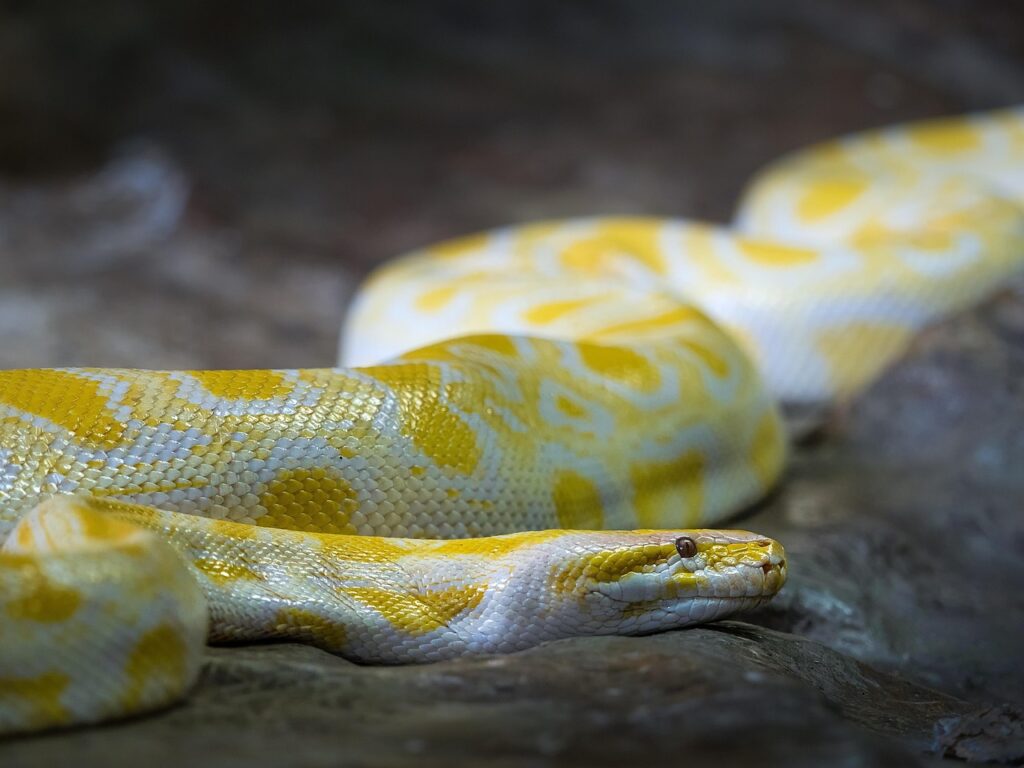
Subtle changes in how your snake positions itself can provide clues about routine recognition. A snake that regularly moves to a specific area of its enclosure before certain activities—like positioning itself near the opening before handling sessions— is demonstrating pattern recognition. Some snakes will adopt a relaxed posture during expected handling times if they’re accustomed to regular, gentle interaction. Conversely, defensive posturing at unusual times may indicate that the snake recognizes something is happening outside its normal routine. These positional preferences develop over time as the snake learns which events typically follow certain environmental cues, allowing it to prepare appropriately for what comes next.
Behavioral Responses to Time of Day
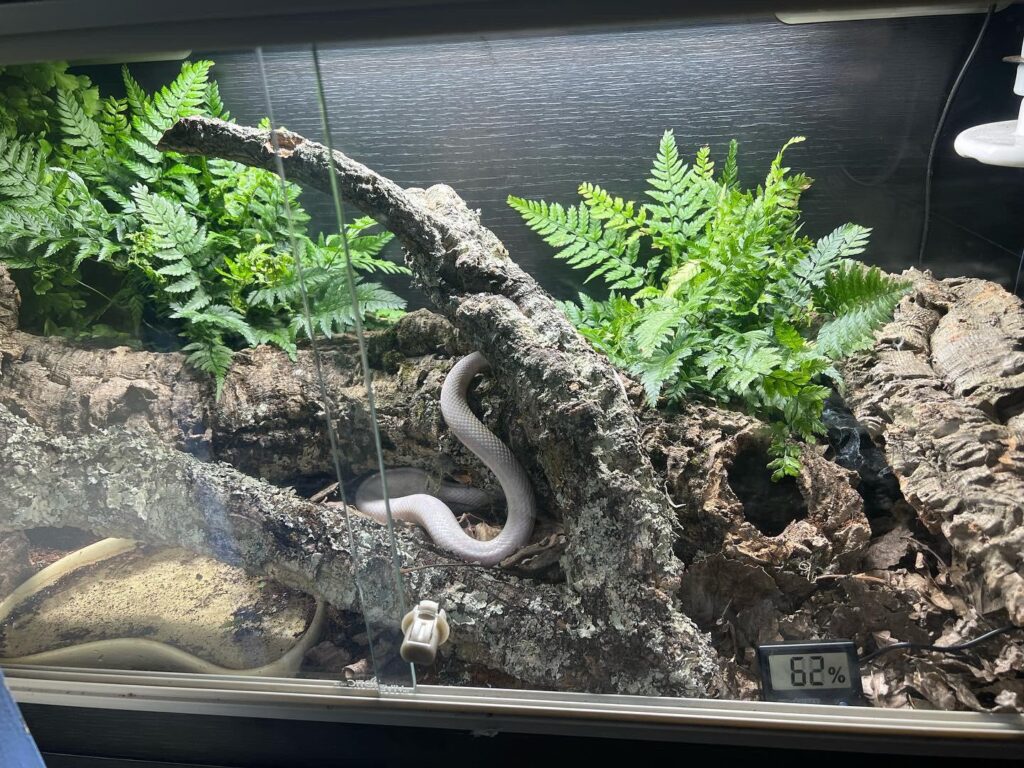
Many snake species develop sensitivity to the time of day when regular activities occur. If you always handle your snake in the evening, you might notice it becoming more alert or accessible during those hours, even before you approach the enclosure. Some owners report their nocturnal species becoming more active shortly before lights-out time if the lighting schedule is consistent. This temporal awareness demonstrates that snakes can develop an internal rhythm that aligns with their care routine. While snakes don’t have the same concept of time as humans do, they can associate certain light conditions or environmental cues with regular events, creating what appears to be time-based anticipation.
Recognition of Handling Patterns
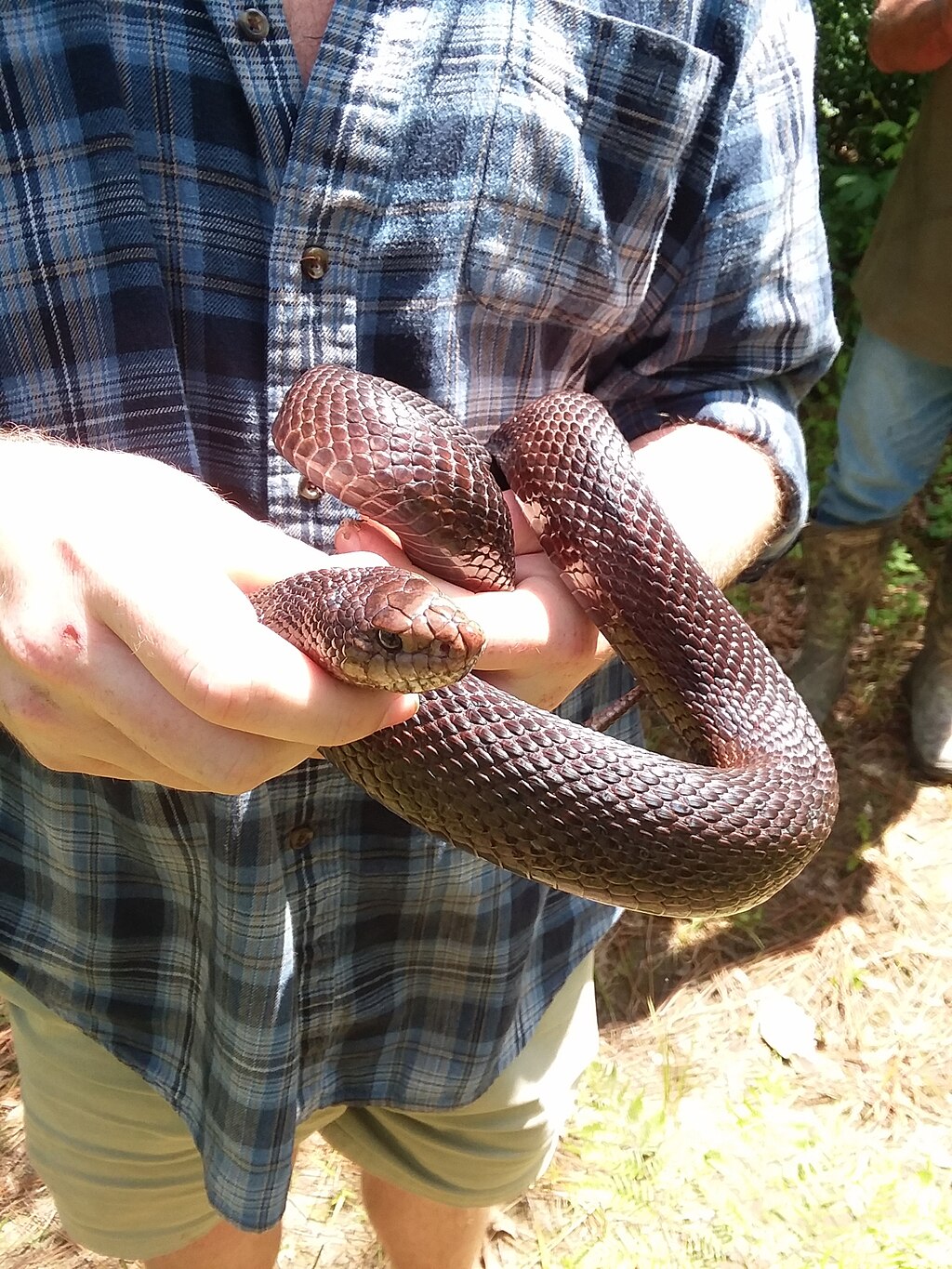
Snakes that are handled regularly often show signs of recognizing the routine involved in being removed from their enclosure. This recognition might manifest as the snake becoming calmer during the approach and initial contact if handling has been a positive experience. Some snakes will voluntarily move toward their owner’s hands or show reduced defensive behaviors compared to when strangers attempt to handle them. These behavioral differences don’t necessarily indicate affection, but rather familiarity with the scent, movements, and handling technique of their regular caretaker. Consistency in how you approach and pick up your snake reinforces this pattern recognition, potentially reducing stress during handling sessions.
Response to Environmental Maintenance Cues
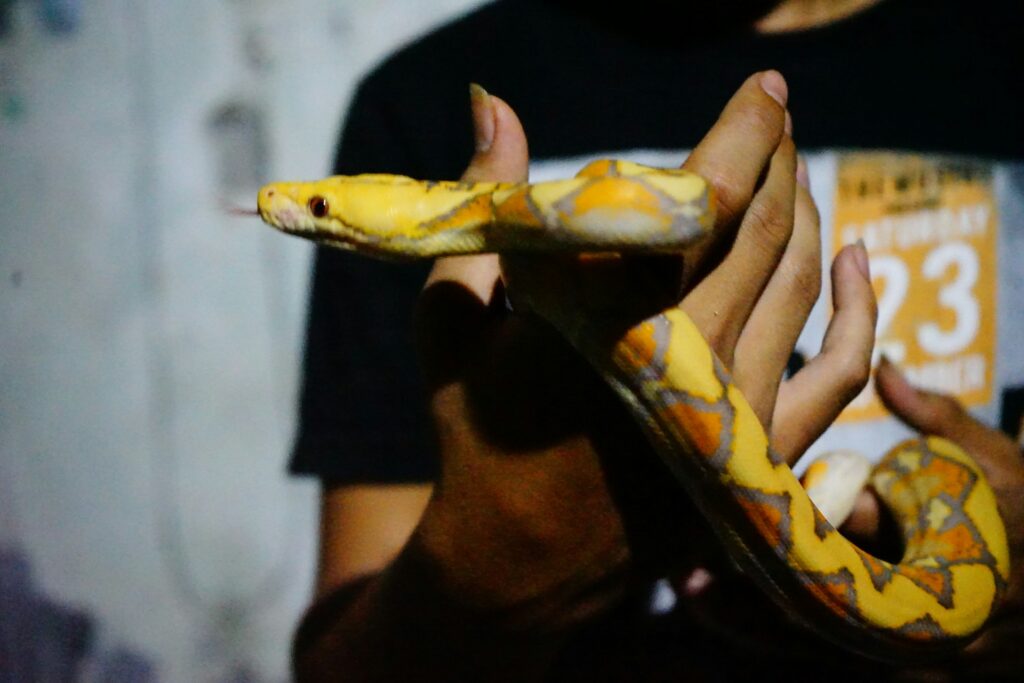
Regular enclosure maintenance provides another opportunity to observe routine recognition in pet snakes. If your snake typically retreats to a specific hide when you begin cleaning activities, this suggests it recognizes the cues that precede maintenance. Some snakes will proactively move away from areas that are regularly disturbed during cleaning, while others might become more vigilant or defensive if cleaning disrupts their sense of security. The appearance of specific tools, changes in ambient sounds, or even the particular way you open the enclosure can all serve as signals that the snake learns to associate with maintenance activities. These learned associations help the snake predict and adapt to temporary disruptions in its environment.
Shedding Preparation and Owner Recognition
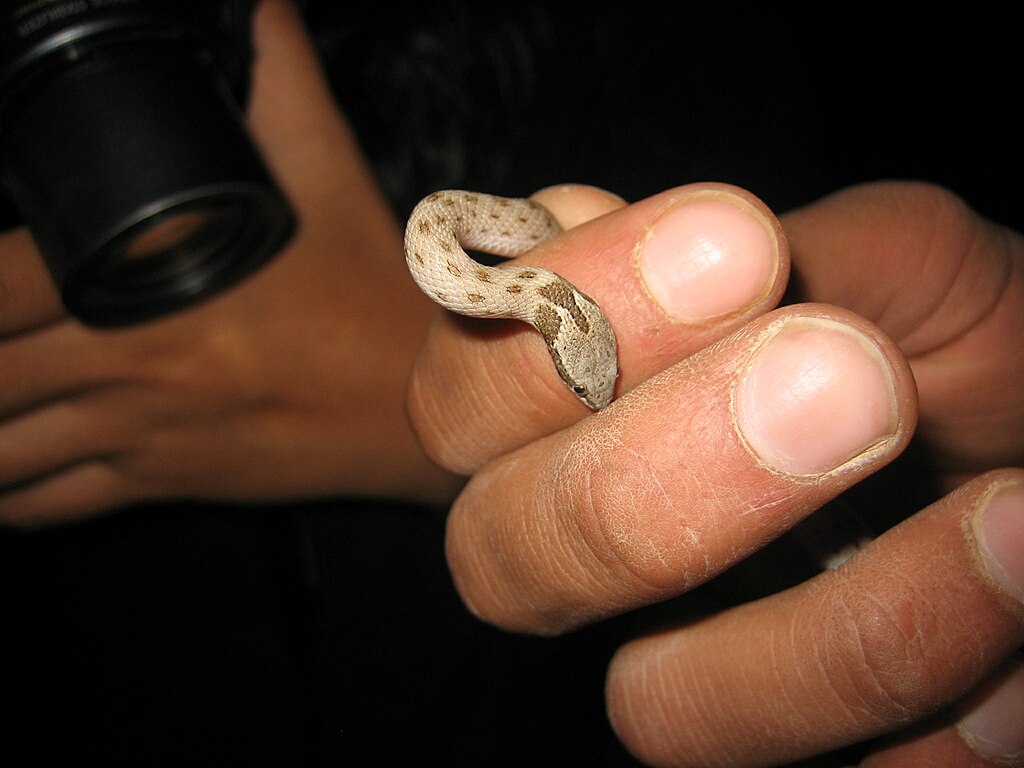
Although shedding is primarily driven by biological processes, how your snake behaves during the pre-shed period can reveal routine recognition. Snakes that receive special accommodations during shedding—such as mist spraying or temporary habitat modifications—may begin seeking out certain areas or showing particular behaviors when they enter the pre-shed phase. Some owners report their snakes appearing to “request” assistance by positioning themselves visibly when their eyes begin to cloud over. While this behavior likely evolved as a way to seek appropriate microhabitats for shedding, in captivity it can appear as though the snake is seeking the routine interventions their owner typically provides during this vulnerable period.
Changes in Activity Levels Based on Routine
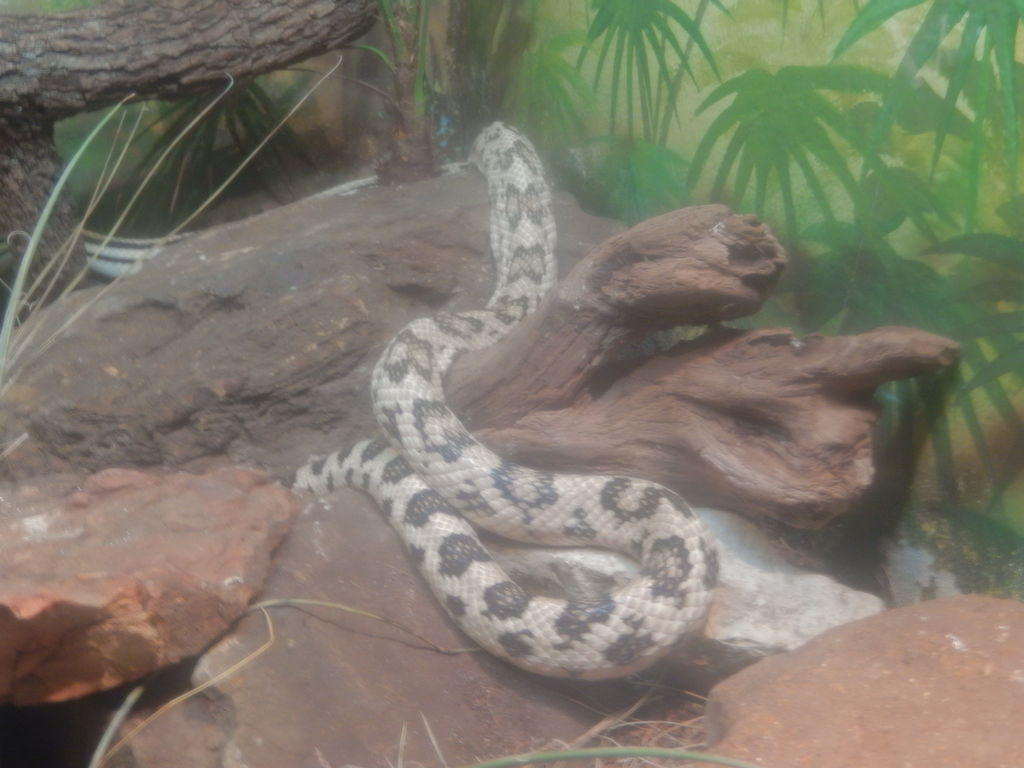
Consistent routines often lead to predictable changes in your snake’s activity levels throughout the day or week. A snake that recognizes feeding day may conserve energy by remaining relatively inactive in the hours leading up to the anticipated meal. Conversely, some snakes become more active during periods when they regularly receive enrichment or environmental stimulation. These activity pattern shifts suggest that the snake has internalized aspects of its care schedule and is adapting its behavior accordingly. By monitoring these activity cycles, you can often determine whether your snake has formed associations between certain days or times and specific events in its routine.
The Role of Scent Recognition in Routine

Scent plays a crucial role in how snakes recognize and respond to routines. Snakes have remarkable olfactory capabilities that allow them to distinguish between different humans based on scent alone. Your snake may respond differently to your presence compared to strangers because it recognizes your unique scent profile. This scent recognition extends to routine activities—handling gloves, feeding tools, or products used during enclosure maintenance all carry distinct scents that your snake may learn to associate with specific activities. Some owners find that using the same soap or hand sanitizer before handling creates a consistent olfactory cue that helps their snake recognize and prepare for interaction.
How Stress Responses Indicate Routine Disruption
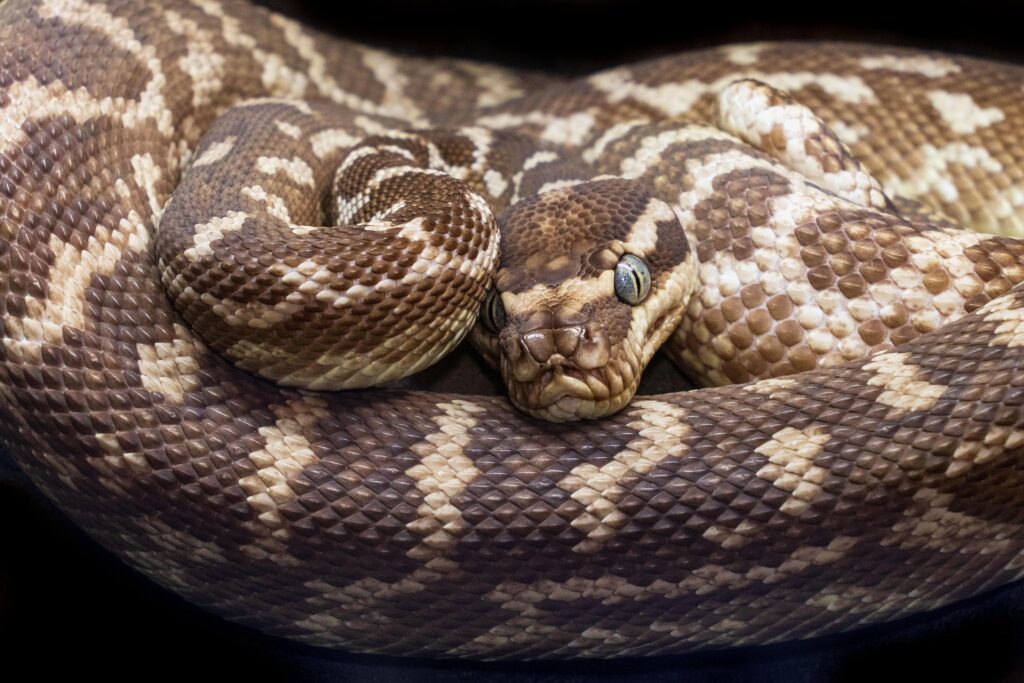
Sometimes the clearest evidence that your snake recognizes routine comes when that routine is disrupted. Changes to established patterns often trigger stress responses that wouldn’t occur during normal activities. These stress indicators might include defensive posturing, excessive hiding, refusal of food, increased muscle tension during handling, or unusual movement patterns. For example, a snake accustomed to being fed every Sunday might show signs of hunger stress if feeding is delayed significantly. These responses demonstrate that the snake had formed expectations based on previous patterns and is now responding to the violation of those expectations—strong evidence of routine recognition.
Improving Routine Recognition Through Consistency
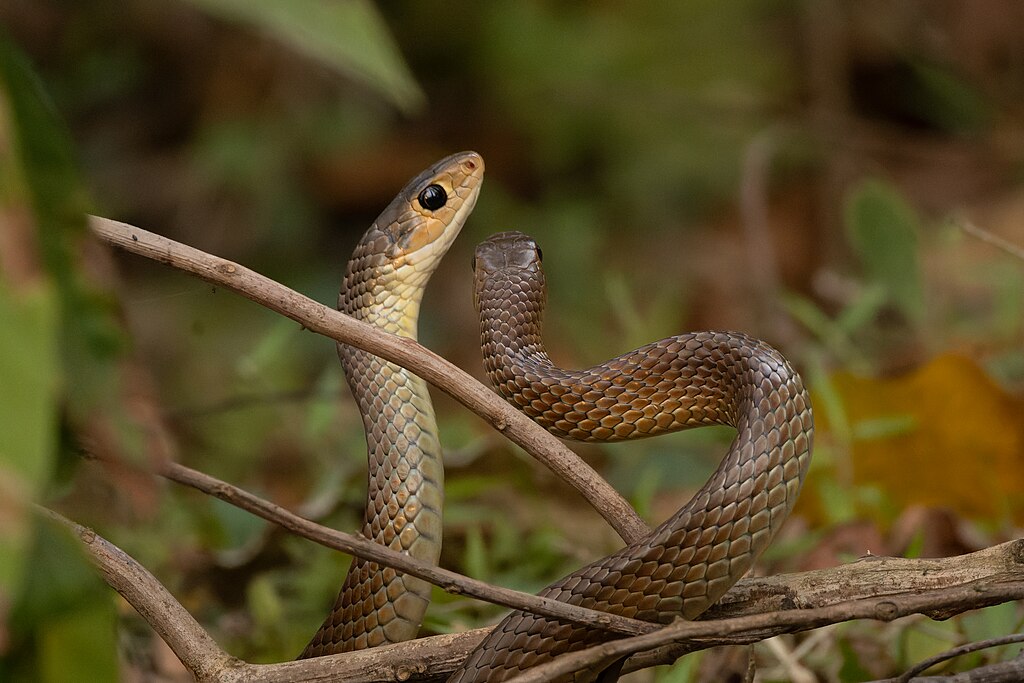
You can enhance your snake’s ability to recognize and respond positively to routines through deliberate consistency in your care practices. Feeding at the same time of day, using the same approach techniques for handling, and maintaining consistent environmental conditions all help your snake form reliable associations. Some keepers use specific signals before routine activities—like gentle tapping on the enclosure before feeding or always wearing the same color shirt during handling sessions—to provide additional cues for their snake. Creating this predictability can reduce stress for your pet by making its environment more understandable and allowing it to prepare appropriately for different activities. The key is patience and repetition, as snakes typically require more time than mammals to form strong associations.
Individual Differences in Routine Recognition

It’s important to recognize that individual snakes vary significantly in their ability to recognize and respond to routines. Factors influencing this variation include species, age, temperament, and previous experiences. Generally, species with higher metabolic rates and more active hunting strategies (like corn snakes or king snakes) may demonstrate more obvious routine recognition than extremely sedentary species. Individual personality differences also play a role, with some snakes being naturally more responsive to environmental changes than others. Your snake’s history matters too—captive-bred individuals raised with regular human interaction typically show clearer routine recognition than wild-caught specimens or those that experienced inconsistent care. Understanding these individual differences helps set realistic expectations about how your particular snake might demonstrate its recognition of routines.
Conclusion

Understanding whether your pet snake recognizes routines requires careful observation and interpretation of subtle behavioral cues. While snakes don’t form emotional attachments the way mammals do, they are certainly capable of learning patterns, recognizing consistent care routines, and adapting their behavior accordingly. By maintaining consistency in handling, feeding, and maintenance schedules, you create an environment where your snake can develop predictable responses that reduce stress and improve its quality of life. Remember that each snake is an individual, and recognizing your particular pet’s unique ways of demonstrating routine recognition is part of the rewarding journey of reptile keeping.

